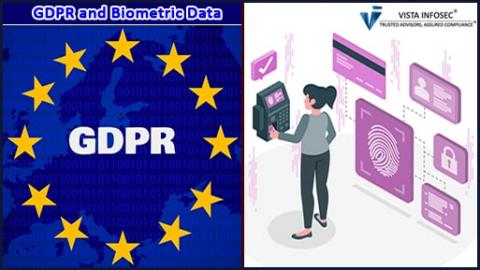HIPAA Disaster Recovery Planning
In the digital era, Electronic Health Records (EHRs) are crucial in healthcare, making Electronic Protected Health Information (ePHI) an essential asset. However, ePHI is vulnerable to threats like cyber attacks and natural disasters, making disaster recovery planning (DRP) vital. Healthcare organizations must implement HIPAA-compliant DRPs to protect ePHI, ensuring continued operation during disasters.









